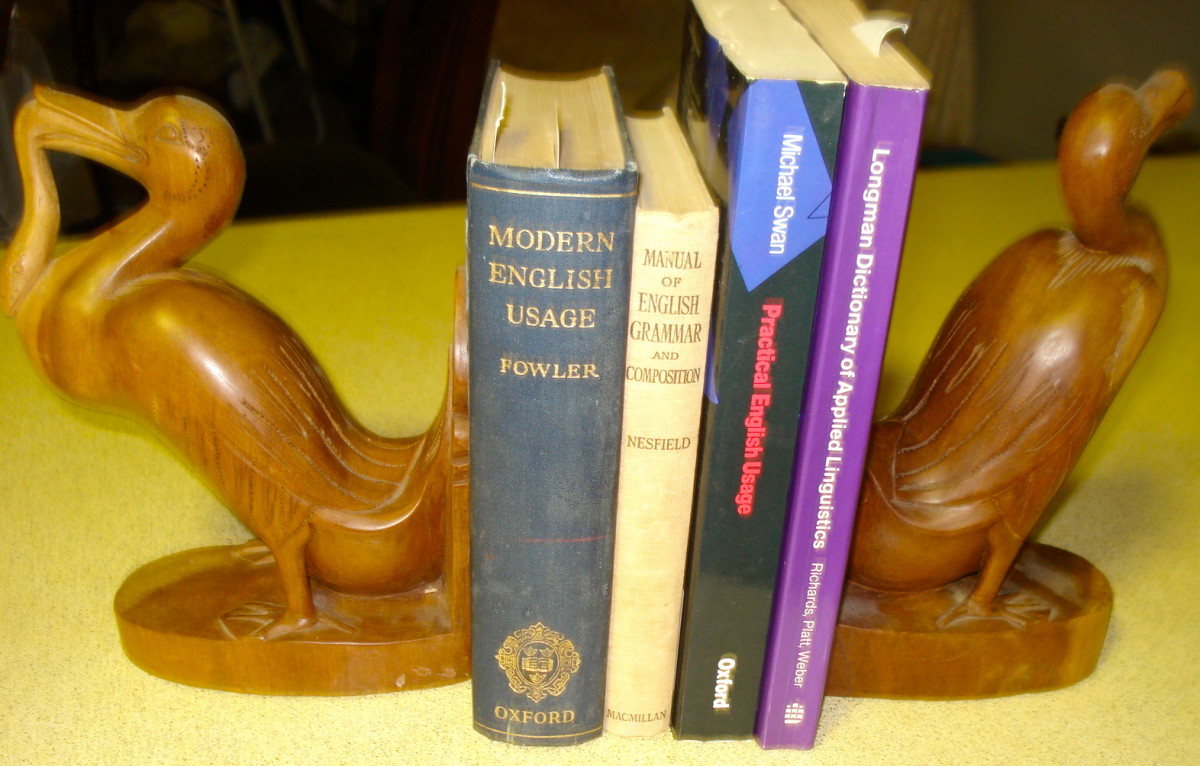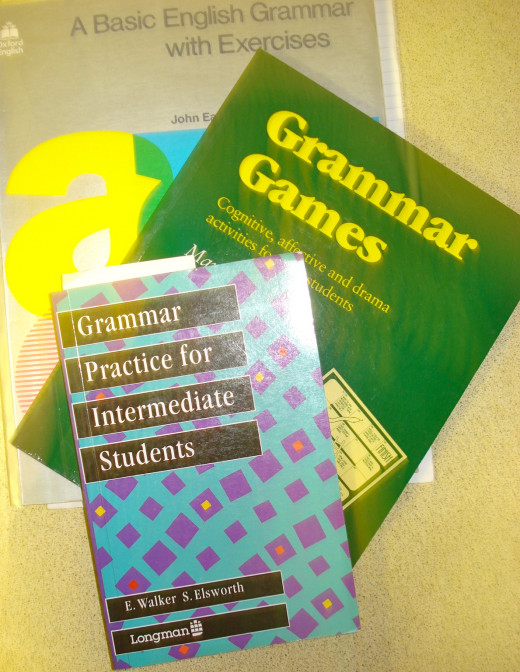Style and Usage in Report Writing

Consistency is Important
When writing a report, and again when checking over a report that has already been written, it is important to maintain consistency. This applies to both style and usage. The style of writing, that is, the way in which it is written, and the usage, the way in which the words are being used, are both important in the presentation of a report.
There are three areas in particular where consistency is important: grammar, headings and sequence.
1. Grammatical Consistency: It is important to maintain consistency in the grammatical form used, in the tense and in number.
- Grammatical Form: This refers to the structure of the sentences, the way in which the words are used and how the rules of grammar are followed. When these are adhered to, the report 'flows' and is easier to read.
- The Tense: This concerns the verbs used. The verb in a sentence needs to agree in its relationship between the form of the verb and the time of the action or state that it describes. Reports are usually written in the past tense and consistency should be maintained throughout the report. Note the conditional clause also uses the past tense, e.g. "If further research were continued on this topic, the results would be interesting."
- The Number: Nouns, verbs and adjectives need to agree according to whether the number is singular or plural. If the noun is plural, the verb needs to agree: "Fifty subjects were selected." This is also important with the demonstrative. e.g. the demonstrative, this is used with the singular count noun experiment; in the plural they become these experiments.
2. Consistency in Headings: Headings of sections and categories in a report should be kept consistent with each other in style and in numeration.
3. Consistency in Sequencing: The way in which chapters, headings, points, questions and lists are presented should be sequences in a logical manner. Often there is a range of possibilities depending on the topic and situation so it is important to arrange the report in a logical sequence.
Style in Presentation
Each statement or question in a paragraph should be composed of complete sentences, as should be introductory and summary statements. This will assist in ensuring that the presentation of the report is complete and intelligible for the reader.
Some Extra Points:
- Try to avoid beginning a sentence with 'it'.
- Only use initials or an acronym after it has been uses in full. Follow this first use immediately by providing the initials or acronym in brackets.
- Abbreviations such as Dr., St., Mt., may be used preceding or following proper names in titles, headings, footnotes, bibliographies, tables, figures and in the body of the report.

Spelling and Word Count
Spelling and word count can be checked as the report progresses or when it is completed.
Spelling: The report should be edited and checked for correct spelling, consistent with the standards of the particular country of presentation, or, if it's an international paper, according to the standards of the home country or the country where it is to be assessed. A spell checker is easily available; use it.
Word Count: A word counter tool is easily accessed and can be downloaded free on the internet.
Punctuation Usage
Correct punctuation is important. It divides one sentence from another or one part of a sentence from another part. Incorrect use of punctuation can cause confusion and misunderstanding. If the writer is unsure of how to use punctuation it is advisable to learn to do so by using a good reference.
It is helpful to note that in American usage when providing a quotation the punctuation mark at the end, such as the full-stop (period) or comma, is almost always placed before the final quotation marks.
Usage of Roman and Arabic Numerals
The main thing to remember in the use of Roman and Arabic numerals is again - consistency. Decide which type of numerals will be used for main points and whether to use only the one style of numeral (e.g. 1.1) or whether to utilise a different style of numeral or even letters for subordinate points.
Whatever style is chosen, the numerals should follow a logical pattern that in order to contribute to the understanding and logical succession of information in the report.

© 2013 Bronwen Scott-Branagan








